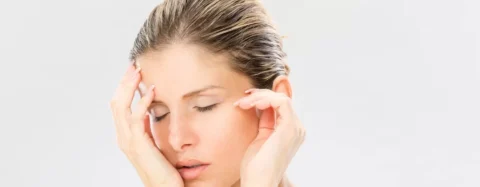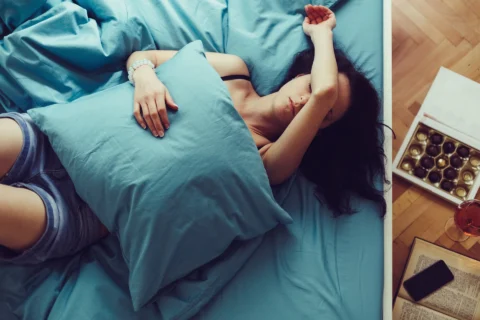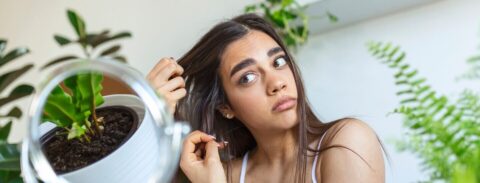Botox, or botulinum toxin, has been growing in popularity over the last few decades for treating facial wrinkles. About 1.5 million Botox procedures are conducted in the U.S. each year, with its anti-aging properties being the most popular purpose of the treatment. But there is another, lesser-known property of Botox that is becoming more well known: its wound-healing potential.
So how does Botox influence wound healing? Botox works by blocking the nerve signals causing muscles to move. As a result, the tensile forces surrounding the wound minimizes movement, reducing the risk of disruptions caused by twitches and other muscle movements during the repair stage of wound healing.
Effects of Botox On Wound Healing
Botox can produce many healing and restorative effects on the body. It plays a particular role in different stages of wound healing, especially for tissue and cell repair. Here are three ways Botox can improve the rate of wound healing:
1. By suppressing muscular activity
Botox is a neuromuscular paralytic agent, meaning it blocks the nerves that are responsible for muscular activity, suppressing both regular and irregular movements like spasms. When you get a Botox injection in a certain spot, the muscles in that area relax and the wrinkles soften, which explains why it’s most often used on forehead lines, lines between the eyebrows, crow’s feet, and the frown lines.
Cosmetic experts and wound specialists have recently witnessed the effect of this muscle suppression on scar formation and wound healing. Patients who had sustained wounds to the forehead developed less visible scars as a result of the Botox weakening the surrounding muscle activity, thereby allowing the acute phase of wound healing to be undisturbed.
Larger wounds or deeper wounds from surgical operations are the results of the muscles being pulled apart, so a Botox treatment near those areas would weaken the pull on the muscles and hasten the healing process. Botox is now recommended as both precaution and aftercare around surgical incisions, especially for the face.
2. By increasing collagen production
Apart from temporarily paralyzing the muscles around a wound, Botox has also been discovered to help stimulate the production of collagen during the early stages of wound healing.
Collagen is the most abundant protein in the body, making up 25% to 35% of the body’s overall protein component. Its more immediate role in wound healing is to attract fibroblasts and keratinocytes that help the skin and tissue repair, but it also plays a key role in protecting the blood vessel walls from any damage and assisting blood circulation around the wound.
With collagen promoting better circulation and facilitating in tissue repair, the wounds close more tightly, scar more smoothly, and heal with significantly lower risks of clotting and inflammation.
3. By aiding scar removal and reduction
A 2018 study published in the Plastic and Reconstructive Surgery Journal found that Botox-treated wounds developed narrower and less elevated scars than the scars treated with placebo and not treated at all. This isn’t surprising given the collagen-boosting property of Botox injections, but is it enough to consider Botox as a scar deterrent in the same manner we consider Serica Formula or topical steroids?
Does Botox have the potential to become an all-in-one anti-aging, anti-scarring treatment that eliminates the need for collagen supplements and antioxidants?
No, Botox is not capable of being that all-in-one treatment. However, it is highly recommended to combine Botox with other treatments and healthy lifestyle choices for skin care and restoration.
Here are some of our top aftercare and maintenance tips to get the most out of your Botox wound-healing process:
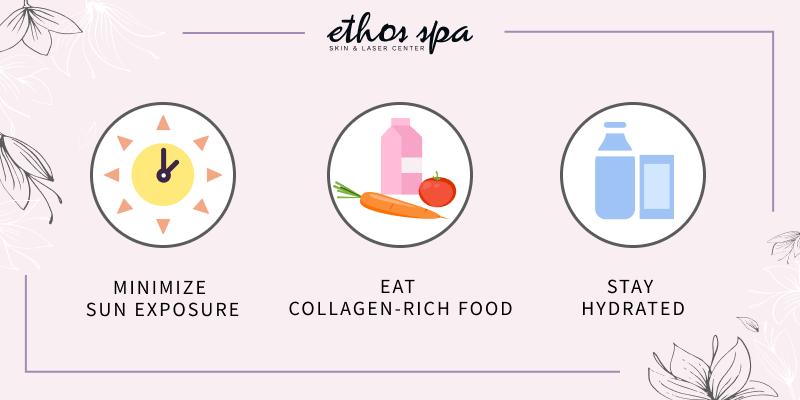
- Minimize sun exposure: Too much sun exposure can create a negative effect on your Botox, and it also causes squinting, prompting the muscles around the eyes to contract. Sun exposure can also negatively affect your wound healing, as the sun’s UV rays are extremely damaging to the skin cells, slowing down the process of cell regeneration. This is a crucial step in the tissue repair stage of wound healing.
- Eat collagen-rich food: Your diet is a big part of your health, and that includes the longevity of Botox. With collagen-rich food, patients can extend the lifetime of their Botox while also preserving their results and preventing bruising. By adding extra collagen to your diet, you can assist the new tissue growth process in wound healing.
- Stay hydrated: A more hydrated body is better equipped to preserve the aesthetic effects of Botox, as well as to maintain the amount of moisture needed for a wound bed to close faster.
All of these practices, when paired with Botox, can affect the rate at which your skin cells repair themselves. Your Botox treatment provider should give you a list of prescribed activities and supplements, as well as discouraged practices, to make the Botox last longer. If you received Botox specifically for wound healing, these recommendations still apply, along with a few extra precautions.
Caring for Wounds Near Botox-Treated Areas
Adults can also get minor, shallow cuts in the face either from sports activities or just unforeseen accidents. What happens if these accidents occur after a Botox injection?
The good news is that Botox near the wounded area will still engage in its healing process, but there are certain steps and precautions recommended so you can prevent infections and hematoma, or bruising. These include:
- Washing Carefully: The most important step in first aid is cleansing, to lower the risk of infections. For Botox-treated areas, this is best done by spraying clean lukewarm water near the wounded area. Avoid scrubbing vigorously with soap or a damp cloth and make sure to treat the area gently. Remember that physical pressure on Botox-treated areas can potentially disrupt the Botox from settling in properly.
- Covering the Wound with an Adhesive Bandage: Once the bleeding stops and the area is dry, cover up the area with a band-aid or a gauze pad that can protect the wound from foreign substances. Do not blow on the wound as this may lead to germs.
- Informing Your Treatment Provider: Wounds with severe bleeding can cause hematoma or bruising near the Botox-treated area. Call your treatment provider at once if:
- Bleeding doesn’t stop after 10 minutes within washing and cleaning
- The wound is deep or longer than 1/2 inch
- The wound is embedded with debris, such as stone or dirt
- The wound is caused by an animal bite
- The wound is extremely painful
- The wound is caused by a dirty or rusty object
- You feel hot or feel swelling
Botox can aid in the healing of wounds, but only at a certain stage of the wound healing process. When a wound is stuck at a particular stage and drainage of body fluid is hard to control, there isn’t much that Botox can do to help. Doctors and first aid medics are the most equipped to diagnose what treatment to provide.
More Medical Benefits of Botox
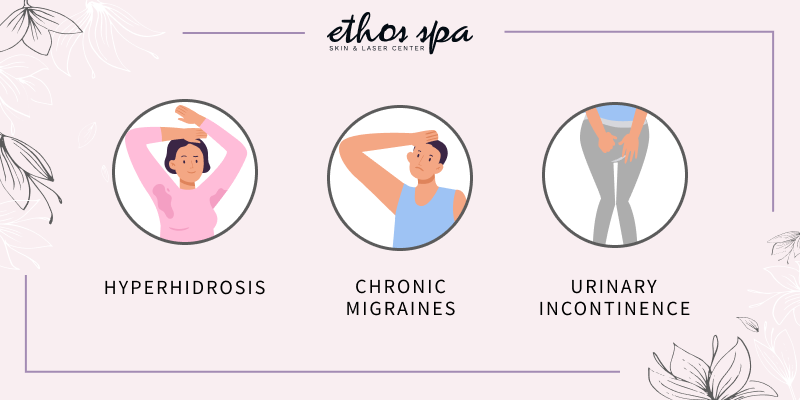
Using Botox for wound healing isn’t particularly unheard of. Most people don’t realize that Botox treatments serve many purposes outside the cosmetic world.
Here are some of the other ways Botox is commonly used for medical-related purposes:
- Hyperhidrosis: This is a condition characterized by excessive underarm sweating that can cause extreme social anxiety from the body odor and sweat stains. Botox injections are administered in certain spots of the underarm to relax the overactive muscles of the sweat glands and lessen the sweating.
- Chronic migraines: Botox injections are also used to disrupt the pain signals being sent to the brain during a chronic migraine. Its effects include a decrease in the total number of migraines in a month. Treatment for this condition requires a doctor that knows how to administer shots of Botox beyond cosmetic uses.
- Urinary incontinence: People who experience involuntary leakage of urine can benefit from Botox injections in the bladder. This helps the bladder muscles to relax and temper the compulsion to urinate, with the effects lasting 4 to 6 months.
Experience the Medical Wonders of Botox At Ethos Spa
Ethos Spa is the leading Botox treatment provider in New Jersey. Our aestheticians are trained to provide you with the best and safest botox experience, whether it’s for medical or cosmetic purposes.
Schedule an appointment with us to find out what other improvements you can achieve with our botox and filler services.



